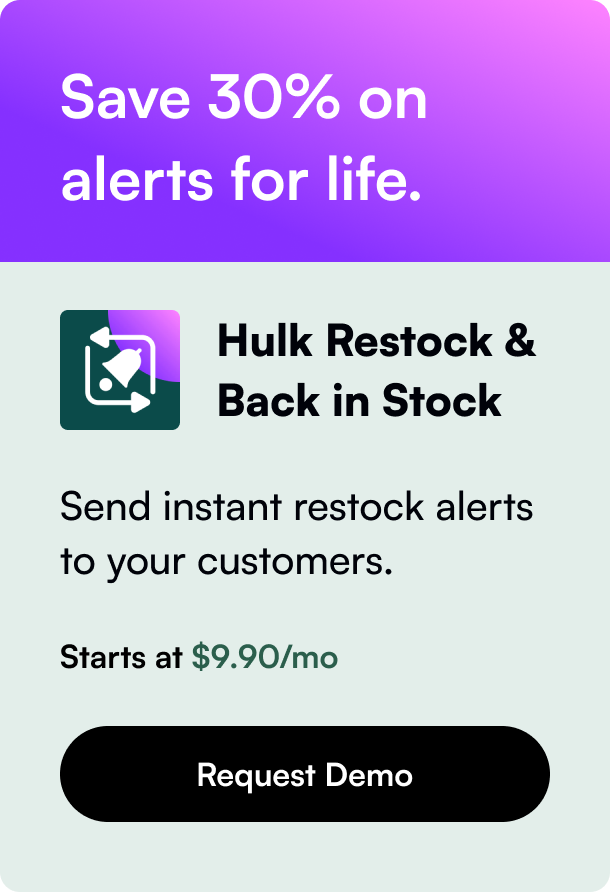Table of Contents
- Introduction
- Understanding Shopify: Your Ecommerce Starting Point
- Step-by-Step: Establishing Your Shopify Store
- FAQs to Enhance Your Shopify Knowledge
Introduction
Have you ever dreamed about starting an online business, but felt overwhelmed by the prospect? Enter Shopify, a robust platform that simplifies the process of launching your own ecommerce store. With its user-friendly interface and rich feature set, Shopify empowers entrepreneurs to bring their vision to the digital marketplace. In this blog post, we'll delve into what Shopify is, how to effectively use it, and the critical steps to setting up a successful online store.
Ready to venture into the world of ecommerce? Let's embark on this journey together, unlocking the potential of Shopify to transform your entrepreneurial dreams into reality.
Understanding Shopify: Your Ecommerce Starting Point
Shopify is a comprehensive ecommerce platform designed to support merchants at every stage of their business journey. It streamlines the creation of online stores, offers a host of integrated sales channels, and provides essential tools for marketing, payment processing, and order fulfillment. Intuitive by design, the platform caters to the novice while packing enough power to satisfy seasoned veterans.
Whether you're selling handcrafted jewelry, digital downloads, or offering subscription services, Shopify serves as a central hub for managing sales, analyzing performance, and engaging with customers. Its versatility and scalability make it a leading choice for new entrants and expanding businesses alike.
Step-by-Step: Establishing Your Shopify Store
Developing your Shopify store involves a sequence that logically structures the user's experience. With the right methodology, even non-techies can build a store that rivals professionally designed websites. Here's how you can navigate through the setup process:
Sign Up and Explore: Start with Shopify's free trial to familiarize yourself with the dashboard. This is the command center where you'll flesh out your store's appearance, manage inventory, and analyze data.
Customization Magic: Use Shopify's diverse themes to craft the aesthetic and functional design of your store. Selections range from free, minimalist templates to sophisticated, premium themes. Play with customization options like color schemes, layouts, and typographies to echo your brand's personality.
Product Portfolio: Add products to your store, being meticulous with descriptions and imagery to make each listing compelling. Shopify also facilitates dropshipping through apps like Oberlo, enabling access to a vast array of products without the need for inventory.
Payment Solutions: Activate Shopify Payments to handle transactions within the ecosystem for a seamless checkout experience, accepting a variety of payment methods. International sales are simplified with currency conversion features and tax calculations.
Shipping and Fulfillment: Coordinate your shipping strategy through Shopify's integrations with major carriers, leveraging discounted rates and automated tracking updates.
Launch: With the foundational elements in place, it's time to launch your Shopify store. Choose a plan that meets your current needs, ensuring you’re ready for incoming traffic and orders.
Extensions and Enhancements: Delve into Shopify's vast App Store to find plugins that expand your store's capability. From SEO tools to loyalty programs, the right apps can elevate customer experience and streamline operations.
Marketing Maven: With built-in marketing tools, target your audience using personalized campaigns across email, social media, and search engines. Utilize analytics to measure campaign effectiveness.
Ongoing Optimization: Perfect your store by regularly analyzing performance data. Adapt to trends, optimize your offerings, and continuously refine user experience based on consumer feedback and analytics.
FAQs to Enhance Your Shopify Knowledge
Can Shopify handle high-traffic stores?
Absolutely, Shopify is engineered to support stores ranging from small startups to high-volume enterprises. Its robust infrastructure ensures uptime, speed, and scalability even during traffic spikes.
What are the costs involved in running a Shopify store?
Shopify offers various plans with differing features and price points. There's a Basic Shopify plan ideal for new businesses, while the Advanced Shopify plan caters to scaling enterprises. Aside from the subscription costs, consider additional expenses like apps, themes, and transaction fees if not using Shopify Payments.
How can I ensure my Shopify store ranks well on search engines?
Shopify has several built-in SEO features to help stores rank better. To maximize visibility, perform keyword research for product descriptions, leverage blogging for content marketing, and utilize apps dedicated to enhancing SEO.
How secure is Shopify for processing payments?
Shopify takes security seriously, complying with PCI standards and providing SSL encryption for all stores. This ensures that customer data and transactions on your site remain secure.
By following these guidelines and maintaining a commitment to continual learning and adjusting, you can leverage the power of Shopify to carve out your niche in the competitive world of ecommerce. Go forth, entrepreneurs, and make your digital mark with Shopify as your robust platform ally.







